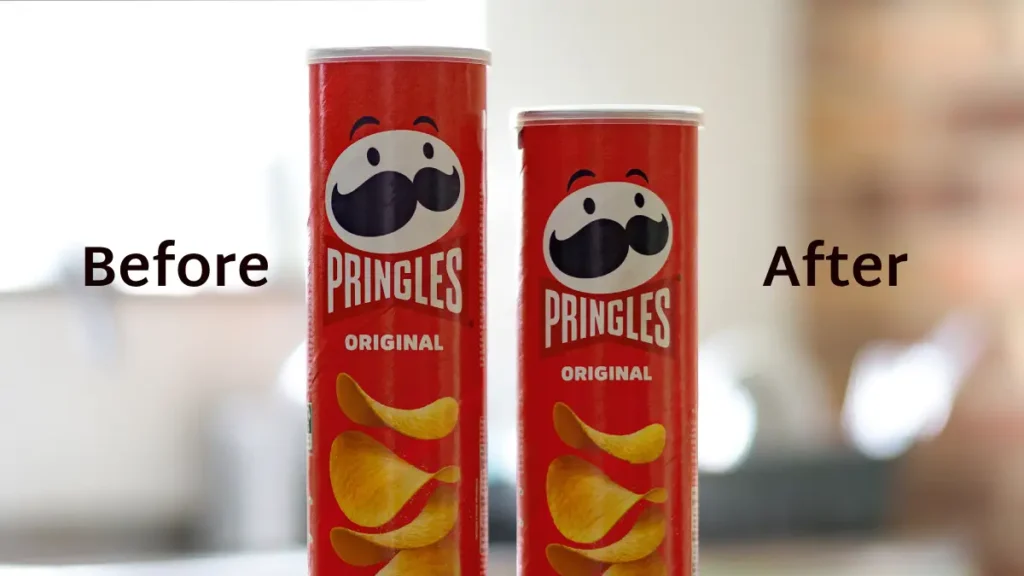When you buy something, you usually expect to get what you have paid for in terms of both quantity and quality. However, sometimes you might notice that even though the price remains the same, the quantity of the product decreases or becomes lower. This phenomenon is known as shrinkflation. It is important to understand this as it means paying the same price but getting less value in return.
What is Shrinkflation?
Shrinkflation happens when a company decreases the amount or size of a product while keeping the price unchanged. Normally, you would expect the price to decrease if you are getting less product, but that does not happen with shrinkflation.
Even though prices remain the same, shrinkflation means you are paying more per unit. It is like a hidden form of inflation because you are getting less value for your money.
Many reasons could push the company to Shrinkflation. This could be because the company is facing higher costs due to inflation and wants to maintain its profit margins. Also, customers might not notice smaller portions as easily as they would notice a price increase.
Senator Bob Casey from Pennsylvania has introduced a bill called the Shrinkflation Prevention Act of 2024. If passed, this law would stop companies from shrinking their products without also reducing the price.
Some examples of shrinkflation products are toilet paper, ice cream, coffee, cleaning products, chips, and rice. For example, a 5-pound bag of rice that used to cost $5.99 might become a 4-pound bag still priced at $5.99.
Sometimes, companies even change the packaging to hide the reduced quantity of the product. Another example of shrinkflation is candy bars in multipacks getting smaller while keeping the same price as individually sold bars.
So, How to Manage Shrinkflation?
To manage shrinkflation, it is important to stay alert and focus on comparison shopping. While you might not find warning stickers like those at Carrefour, you can still stay informed. Monitor product sizes and prices, and be mindful of any changes.
If you suspect shrinkflation, compare prices per unit or weight across different brands or sizes to ensure you get the best value. Consider alternatives or buying in bulk to offset potential price increases per unit.
But to manage Shrinkflation, you have to learn how to spot it. You can do so by comparing product sizes or packaging. Companies might shrink packages to offer less for the same price. To manage shrinkflation more effectively, paying attention to rebranded packaging that looks the same but holds fewer products is important.
To manage shrinkflation, check the price-per-ounce or price per serving on product labels, especially for items like juice and cereal. It is important to keep track of these metrics over time to spot changes.
Compare prices between different store brands and choose the cheaper option. Individuals can even consider switching to store brands, which can be less expensive than big-name brands.
